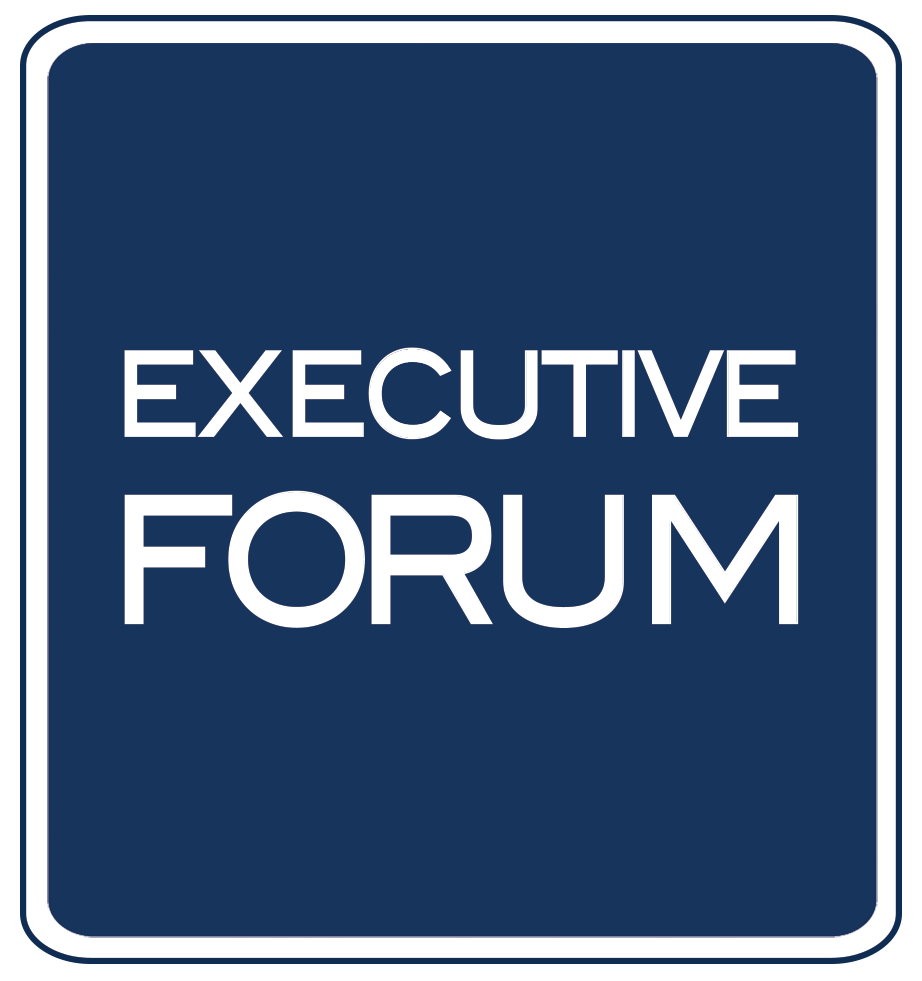 From time to time, most leaders feel like they’re wading through quick sand. They know they worked a full day (often longer than 8 hours) and yet, the to-do list never shortens or becomes less urgent. They blame unnecessary meetings, redundant reports, and the unpredictable nature of having to put out fires for their lack of time, but rarely are those really the root cause of the problem.
From time to time, most leaders feel like they’re wading through quick sand. They know they worked a full day (often longer than 8 hours) and yet, the to-do list never shortens or becomes less urgent. They blame unnecessary meetings, redundant reports, and the unpredictable nature of having to put out fires for their lack of time, but rarely are those really the root cause of the problem.
I found myself in a similar position recently. While feeling that my efforts weren’t making an impact on the endless list of high priorities on my desk, I blamed the situation. It’s the perfect storm of illnesses, holidays, year-end activities, budgeting, forecasting, doing extra work due to open positions on the team, recruiting, and then on-boarding new team members. I kept saying to myself “just get through the next few weeks, and then it will ease up. There’s light at the end of the tunnel.”
On face value, that seems like a reasonable thought. It’s not extraordinary that time-consuming activities collide on a calendar and you must power your way through. But in the middle of one hectic week, I had a reality check. First, while on-boarding new employees, I kept realizing that nothing was moving at the pace I’d planned. Each day, I’d start with a plan, but it would be quickly derailed as we switched from one shiny object to another while I introduced them to the organization. I was feeling scattered, and I knew they sensed the disorganization as well. Then, I was presented with data that backed up the gut feeling I’d been having. The data was in the form of the iPhone’s new Screen Time insights.
Pure screen time aside, the average daily pick ups and notifications told a story that was undeniable. With 267 incoming notifications a day (19 per waking hour) and an average of 93 times I picked up the phone per day, I quickly identified my quicksand. It was my iPhone.
Before you check your Screen Time insights, take a guess at what the report will tell you.
- Do you feel like you’re in the driver’s seat for the day or are you beholden to incoming information?
- Are you able to maintain focus despite the distractions that surround you?
- This ability to focus and stay in-the-moment is one piece of what’s being coined the 3rd Intelligence (behind social and emotional)—Attentional Intelligence.
Attentional Control is a critical skill for the workplace and is a foundation for leadership success. Our brains are exhausted. While most people believe they are skilled multi-taskers, the research consistently refutes that notion. Rapidly switching gears and failing to complete one task before taking on another is depleting our cognitive resources and leaving us with mental fatigue that impacts everything from critical thinking to innovation, problem solving, resilience, and engagement.
Taking intentional control of your day takes far more than blocking off some time in your calendar for reflective thought. Building attentional control is a process that should start with eliminating the distractions. If you have a digital addiction, check the Screen Time insights as a first step towards limiting the opportunities for distractions. Identify which apps are sending you notifications that are unnecessary and remove them. Next, if you tend to find yourself scrolling endlessly through social networking apps and losing track of time, set app limits for yourself. Finally, set downtime for yourself. The downtime setting allows you to designate certain hours of the day where only phone calls and the apps you allow will deliver notifications.
Ideally, this digital wellness initiative is just the first step towards regaining control of both your time and mental energy. It’s not the full solution. These app limits synthetically help us focus by filtering our distractions, but true attentional control is like a muscle that must be exercised in order to strengthen. The first step is admitting there’s a problem. What step will you take first?
